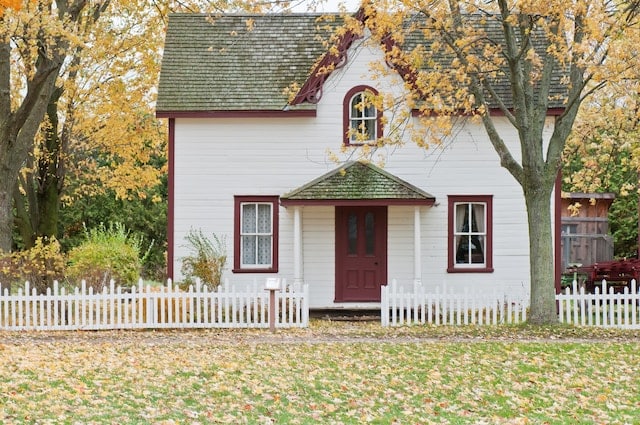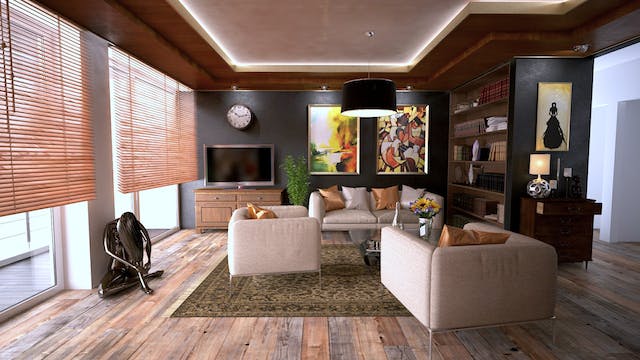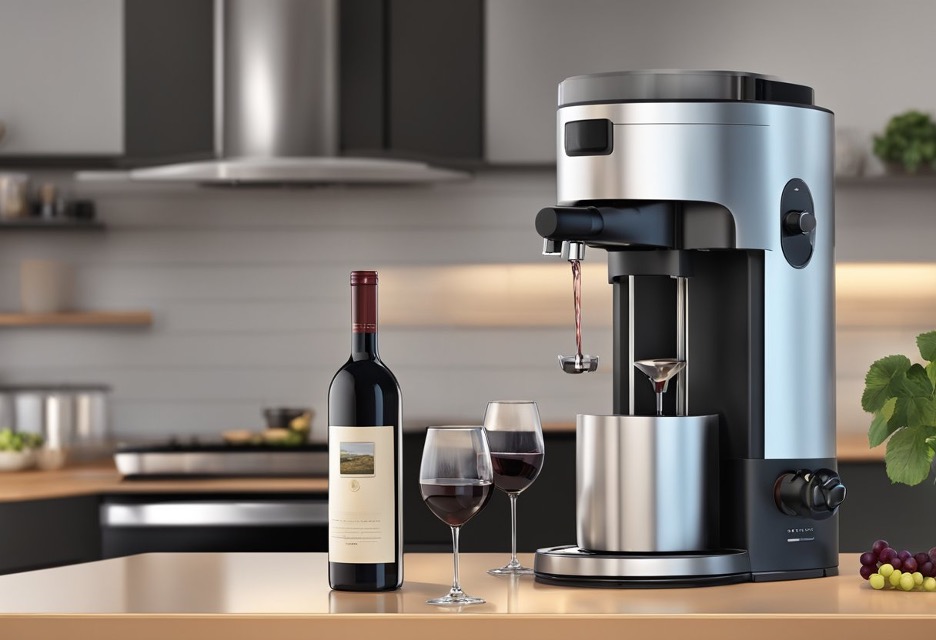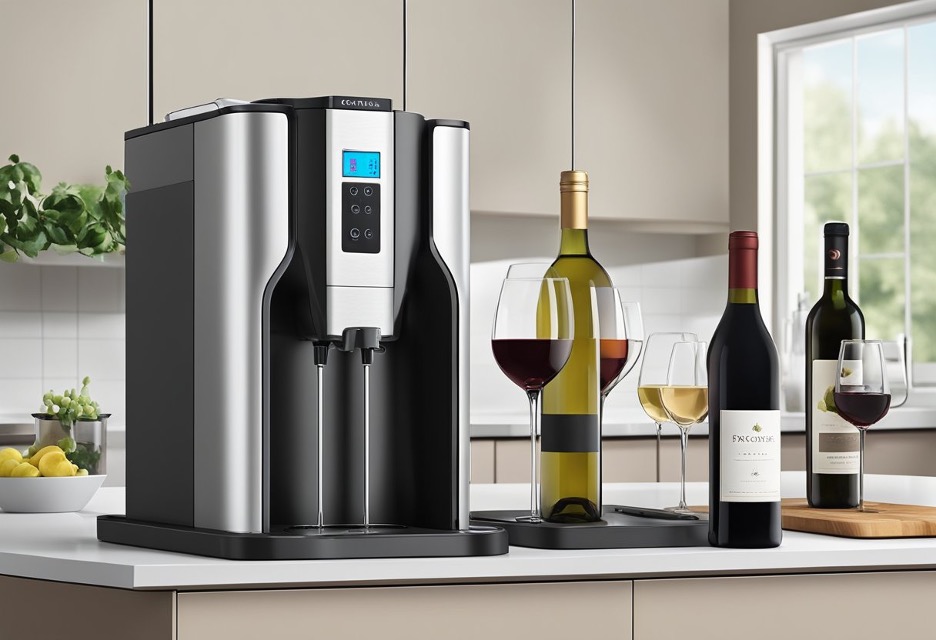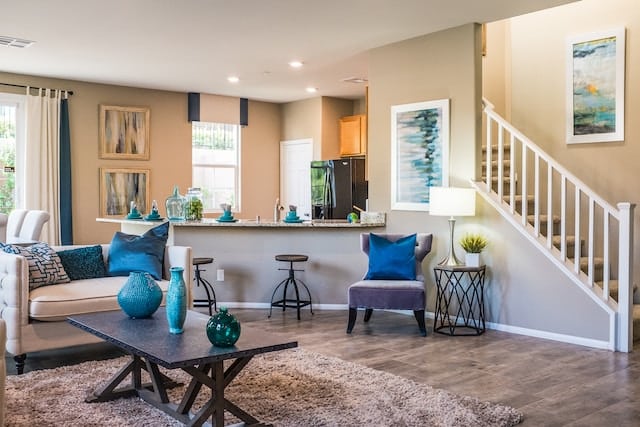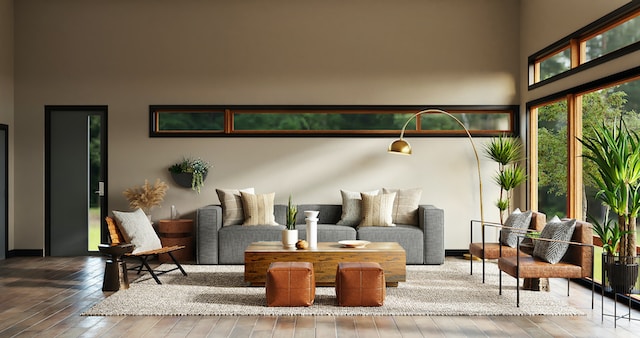In the intricate world of commerce, the interplay between wholesale, retail, and gift sectors intertwines seamlessly with the home application domain. These sectors not only fulfill our material needs but also cater to our emotional connections and aesthetic desires. From cozy home decor to functional kitchenware, the wholesale, retail, and gift industries play a pivotal role in enhancing our living spaces.
Let’s delve into the nuances of these sectors and explore the myriad of ways that they contribute to making our houses feel like homes.
Wholesale: Supplying the Foundation
At the core of the home application realm lies wholesale, the silent force that ensures a steady supply of goods to retailers and businesses. Wholesale suppliers act as the backbone of the industry, sourcing products ranging from furniture to electronics and distributing them on a large scale.
For homeowners, wholesale offers accessibility to a vast array of products at competitive prices, allowing them to furnish their spaces without breaking the bank. Moreover, wholesalers often collaborate with manufacturers to tailor products according to consumer trends, ensuring that homes remain on the cutting edge of design and functionality.
Retail: Curating Experiences, One Product at a Time
Retailers serve as the bridge between wholesale distributors and end consumers, curating experiences that resonate with individual preferences and lifestyles. Step into any retail store, and you’ll be greeted by meticulously arranged displays that showcase the latest trends in home decor, appliances, and accessories. From boutique shops to e-commerce giants, retailers cater to diverse tastes, offering everything from minimalist Scandinavian furniture to vintage-inspired accents.
In the realm of home application, retail goes beyond mere transactions; it cultivates narratives that evoke emotions and aspirations. Whether it’s transforming a mundane kitchen into a culinary haven with artisanal cookware or creating a cozy nook for relaxation with plush throws and cushions, retailers play a pivotal role in shaping the ambiance of our living spaces.
Additionally, with the rise of e-commerce platforms, consumers now have unparalleled convenience and accessibility, allowing them to browse and purchase products from the comfort of their homes.
Gift: Adding Personal Touches to Home Spaces
Gift-giving is an age-old tradition that transcends cultures and occasions, serving as a tangible expression of love, appreciation, and celebration. In the realm of home application, gifts play a significant role in adding personal touches to living spaces and forging meaningful connections between people. Whether it’s a housewarming present for a friend or a festive token for a loved one, gifts for the home are imbued with sentiment and thoughtfulness. Gift boxes serve as both functional and decorative elements, adding an extra layer of charm to home décor and presenting an elegant solution for packaging thoughtful presents.
From personalized photo frames to artisanal candles, the gift sector offers a plethora of options to suit every taste and occasion. Moreover, with the advent of customizable gifts, consumers can now tailor products to reflect the recipient’s personality and style, making each gift truly unique. In essence, the gift sector not only enhances the aesthetic appeal of homes but also fosters bonds that transcend material possessions.
B2B: Collaboration for Innovation
Behind the scenes, the B2B sector drives innovation and collaboration, bringing together manufacturers, suppliers, and service providers to cater to the ever-evolving needs of homeowners. Whether it’s developing sustainable materials for eco-friendly homes or integrating smart technologies for seamless living experiences, B2B partnerships are instrumental in shaping the future of home application.
From architectural firms to interior designers, B2B collaborations span across various disciplines, offering holistic solutions that merge functionality with aesthetics. Moreover, with the growing emphasis on sustainability and ethical sourcing, B2B partnerships pave the way for responsible practices that resonate with environmentally conscious consumers.
In conclusion, the wholesale, retail, gift, and B2B sectors form a multifaceted ecosystem that enriches the home application domain. From sourcing high-quality products to curating immersive experiences, each sector plays a unique role in shaping the way we live and interact with our living spaces.
As homeowners, embracing the synergy between these sectors allows us to create homes that not only reflect our individuality but also foster comfort, connection, and joy.


